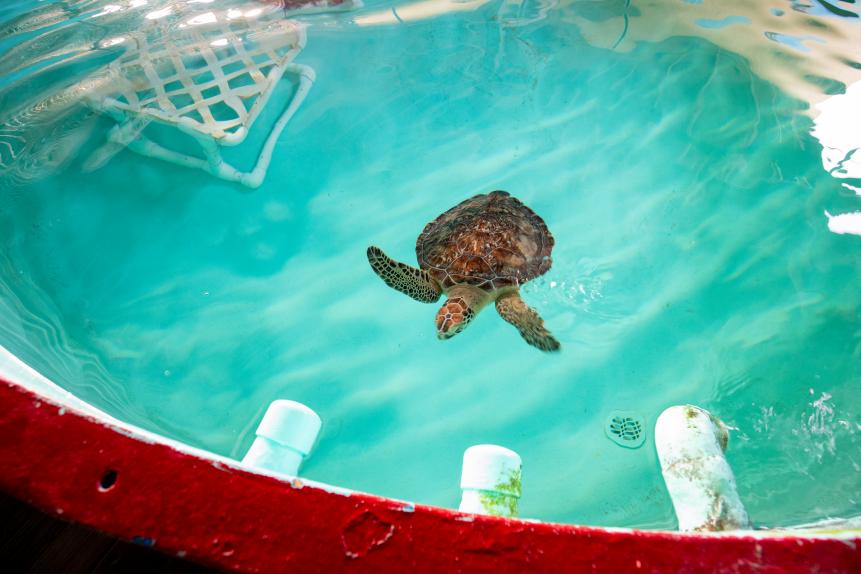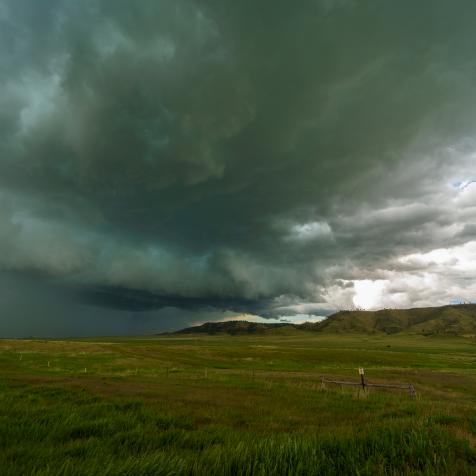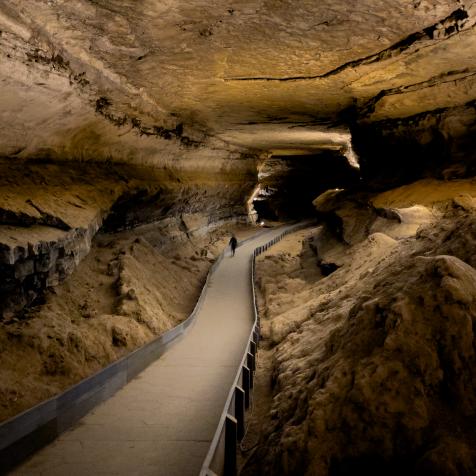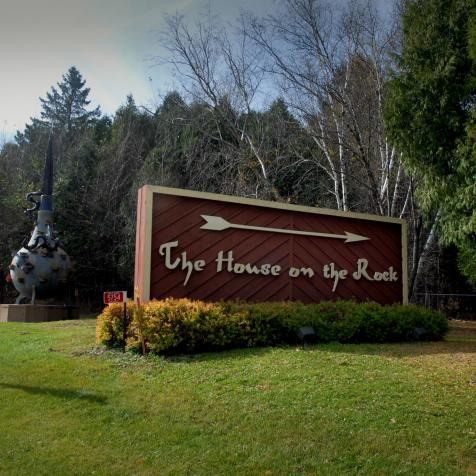
Ian Shive
Sea Turtle Rescue!
South Padre Island, Texas, is a renowned fishing and vacation destination, but it is also home to an incredible wildlife story, too! The Texas Gulf Coast island is home to five of the world’s seven species of sea turtle, with each species federally listed as either endangered or threatened. That makes these soft, sandy shores that they lay their eggs on incredibly important.
Sponsored by Travel Texas
The birth of nesting sea turtles is fun to watch, as they wiggle and flap their way to the water’s edge. This summertime activity attracts thousands of visitors to South Padre Island to witness it.
But sea turtles are here year-round! Of the five species that live here (Kemp’s Ridley, Loggerhead, Leatherback, Hawksbill, and Atlantic Green Sea Turtles), the green sea turtles are the most common to see. For anglers and boaters who are along the rock jetties or inner harbor areas, it can be easy to spot turtles feeding on seagrass and seaweed right at the rock’s edge and near the water’s surface. Unfortunately, these same rocks that make it easy for turtles to feed, can also trap turtles, resulting in injuries or death.
In addition to strandings in the rocks, turtles can also be injured by boat strikes, ocean plastics, entanglements in fishing lines or nets, and sudden drops in the temperature. Sea turtles are cold-blooded creatures that depend on water temperature to regulate their body temperature, so any sudden changes can result in a stunned or injured turtle.
But there is hope! Where there are turtles, there is a community ready to help. Since 1977, Sea Turtle, Inc. has been rescuing and caring for injured turtles along Texas’ Gulf Coast. Situated in the heart of South Padre Island, the team at Sea Turtle, Inc. employs the three “R’s”: rescue, rehabilitation, and release! Each year they rehabilitate and release as many as 100 turtle patients back into the Gulf Coast waters.

Ian Shive
The facility is open to the public and has some pretty cute, charismatic turtle residents who are there permanently. Some turtles who have less than 75% of their flippers remaining are deemed unsuitable for life in the wild and are able to find a home there as residents for public education and awareness. Even more amazing, Sea Turtle, Inc. has a famous resident, Allison, who is the first in the world to use a custom-built, prosthetic flipper!
For photographer Ian Shive, the ultimate payoff of the rescue and rehabilitation process is…the release! There are different ways to release a turtle back into the wild, including from the beach or from a boat in the open water, where it will often be safer for small turtles to get reacquainted. All this work is an important part of the Texas conservation story. With green sea turtles living as long as 70 years, the chance that they may return to the beach to nest, lay eggs, and produce future generations of turtles, is critical. After all, 87% of all Atlantic green sea turtle nests are found on these Texas beaches.


















